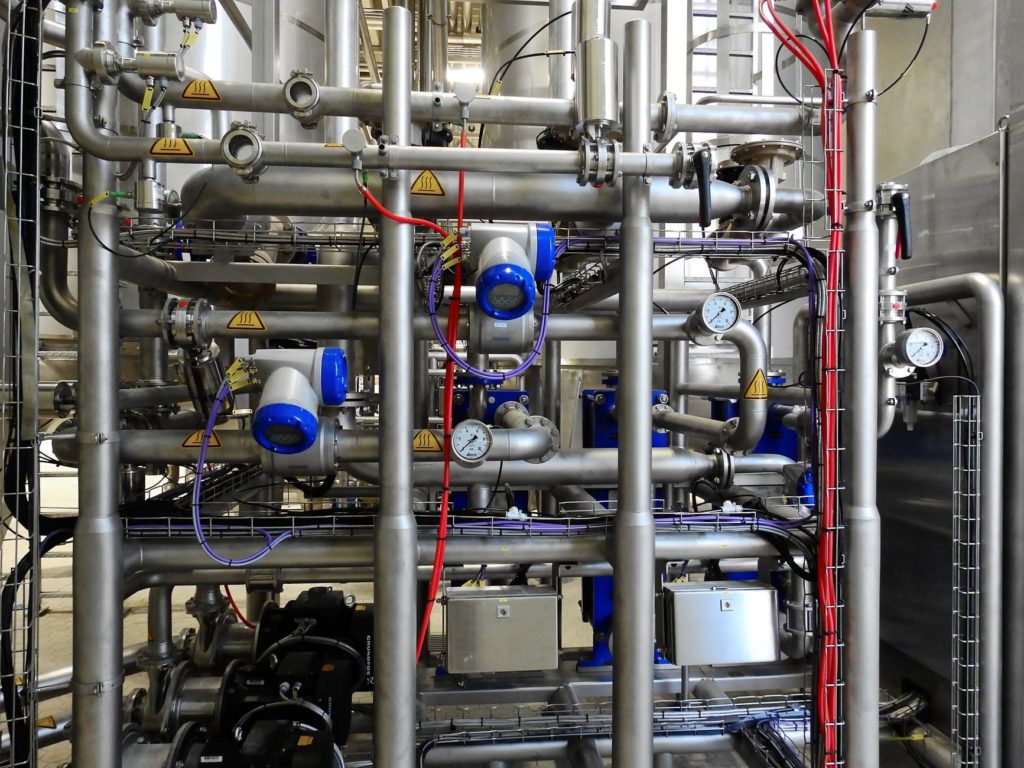
Over time, flow meters are getting more specialized, smaller, and smarter to furnish the needs of different industries and applications. In 2018, most of the trends in the flow meter technology were merely refinements, updates, and expansions to current technology.
However, two trends are transforming the flow meter industry on its ear. These are the adoption of mobile device-like technology and advances in flow meter diagnostics to enhance communications, access, and the displays included in the flow meters.
This post outlines the trends or advancements involving the flow meter technology. Read on to know more!
Compact Flow Meters
Over the years, some flow meters have become smaller. A lot of relatively affordable and compact flow meters are available on the market. Magmeters or electromagnetic flow meters perhaps lead the advancement toward small flow meters. It is primarily because the flow element’s size needs to be quite a bit more significant than the tube or pipe conveying the conductive liquid.
Small electromagnetic flow meters are available for pipe sizes at least .5 inches. These compact flow meters are best to use on process skids, wherein space is limited or in remote areas. Even though they are small, these flow meters are jam-packed with a wide range of capabilities.
They can have I/O-Link digital communications connectivity, 2- to 10-volt outputs, switch, pulse, and 4-20 mA. For the coming years, look forward to the miniaturization advancement to continue into other flow meter types such as turbine flow meters.
Specialized Flow Meters
Before, engineers often had to deal with standard flow meters. So, when an application was challenging, such as hot, abrasive, acidic, or cold flow elements, engineers specified ceramic, steel, or other liners for flow meters, hoping for the best. However, it can often lead to premature failures.
Now, the availability of materials like Monel, Hastelloy C, Tantalum, and many more make it possible to create a flow meter that can deal with any gas or fluid. Additionally, flow meter manufacturers are very much willing to build and design devices to meet the needs of particular industries.
Although the instrumentation world has had specialty flow meters, the trend is that flow meter manufacturers are creating more devices to resolve new application concerns. As well as to meet new regulations, and offer flow meters for smaller market niches.
And because of the improved manufacturing strategies, advanced microelectronics, laser 3D printing, as well as computer modeling, flow meter manufacturers can now build specialty flow meter devices much faster than before, enabling them to dominate a market quickly.
Smart Flow Meters
For decades, smart flow meters have been used. However, they’re getting more capable of self-verification and self-diagnostics. The latter means that the device is able to detect a problem by constant monitoring of internal parameters associated with its electronic, electromechanical, and mechanical components.
Usually, during a failure mode, diagnostic analysis is used to determine essential components in the chain. Then, an appropriate margin of safety is assigned to every crucial element or path.
On the other hand, self-verification is performed on command from the instrument itself or the automation system. During the process, diagnostic checks are done. Then, a report is made, which can be used to confirm if the flow meter is still working correctly.
Takeaway
The flow meters today can already have a web server, Bluetooth, and wireless capabilities. By that we mean, flow meters can be diagnosed, configured, probed, and accessed over handheld devices like tablets and smartphones. In the long overhaul, we’ll continue to see several advancements, trends, or upgrades with the flow meter technology, which will be more closely associated with the way we interact with tablets and smartphones.
Author’s Bio:

Sylvia Hopkins is a writer and a blogger who specializes in email marketing campaigns and ghost blogging. She writes about flow measurement instrumentation, flow measurement application, and technology. When not working, Sylvia spends some quality time with her family and friends.
Yes, you are right, flow meter is smart nowadays, it can have hart, profibus, RS485 communication now.